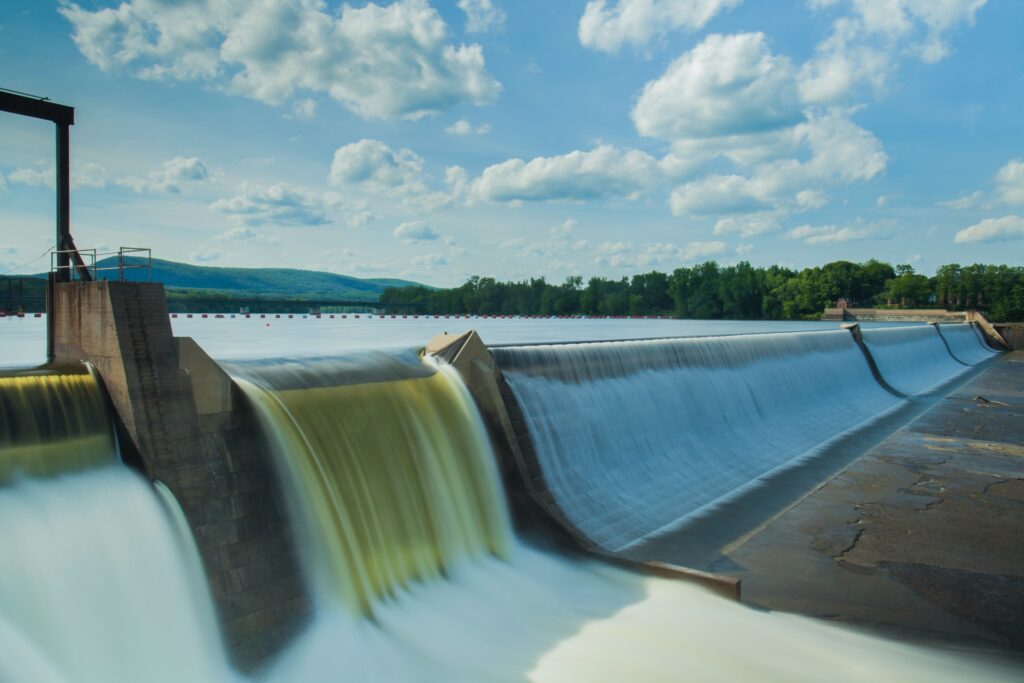
Greater Baltimore Committee article on alternative energy ahead of GBC’s 2007 Business Outlook Conference
Hydropower is a proven technology for electricity production, capable of generating large amounts of renewable energy with no CO2 emissions, according to its proponents.
Hydropower represents the world’s single largest and most well established source of renewable energy, supplying nearly one-fifth of the world’s electricity, according to the U.S. Hydropower Council for International Development. More than 20,000 MW of new hydro capacity is being installed each year.
According to the National Hydropower Association (NHA), hydropower is the most widely used non-polluting source of energy in the U.S. More than 10 percent – or 77,000 MW – of the nation’s power is supplied by hydroelectric facilities, which is equal to nearly 500 million barrels of oil a year. About 96 percent of U.S. renewable energy comes from hydropower.
Hydropower is the most efficient and reliable renewable energy alternative, according to NHA reports. Its turbines are capable of converting more than 90 percent of available energy into electricity. Hydroelectric plants have the ability to start generation without an outside source of power and can go from zero power to maximum output rapidly and predictably.
New technologies, such as wave, tidal and hydrokinetic energy are also being developed to harness the power of larger bodies of water like seas and oceans.
In a national public opinion survey, hydropower was seen as a viable energy alternative. The 2002 poll by Bisconti Research Inc. found that 93 percent of individuals believe hydropower is important or very important for meeting future electricity needs.
However, opponents to hydropower believe large hydroelectric plants pose a threat to wildlife and the surrounding environment. Hydropower facilities can drastically alter the local environment. Reservoirs cover large areas of land, flooding places usually dedicated to agriculture or forest preserves. Large dams also change watersheds. The quality of water, fish populations and migration patterns, silt deposits, river flow, and vegetation are often affected.
Maryland has two hydropower sources: a micro hydroelectric plant on Deep Creek Lake in Western Maryland, and the Conowingo Dam on the Susquehanna River in Conowingo, Md. The two dams supply approximately 570 MW of power, which accounts for four percent of Maryland’s electricity output.
For more information about hydropower and hydro technology, visit the National Hydropower Association’s Web site.